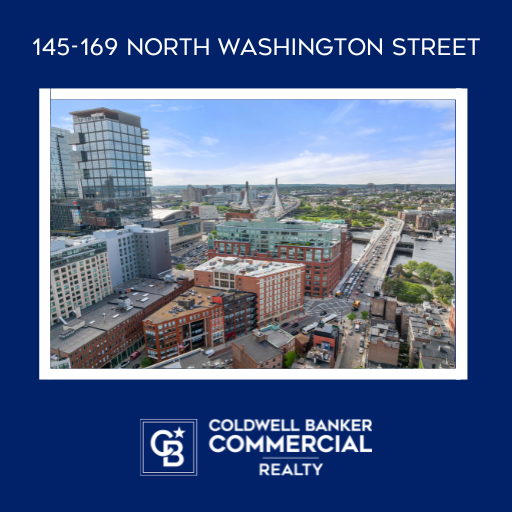Insights: Student Housing Outlook for 2021 and Beyond

This past year, COVID-19 created a significant level of uncertainty in a wide variety of industries, especially commercial real estate. The main anxiety in the student housing sector of CRE is the pandemic’s impact on the 2020-2021 school year’s leasing opportunities. There are multiple factors that are clouding the student housing occupancy outlook including whether students will come back to campus or relocate due to online learning, if, or when, they will sign a new lease, and if they will require future “outs” or reimbursement provisions should they need to change occupancy plans in the future due to pandemic-related issues.
While college enrollment increased 29% since 2000, from 15.3 million to 19.7 million students, it is projected to grow to only 20.1 million students by 2029, according to NCES. From the start of the pandemic through May 2020, the number of high school seniors that no longer planned to enroll in a full-time bachelor’s program was offset by a similar boost of students who chose to enroll. Although college enrollment numbers for fall 2020 remained largely unchanged, a completely remote semester or big decline in foreign students shifted things dramatically. Since January of 2020, more than 20% of students changed their first-choice school toward more in-state public institutions and schools closer to home to keep costs down, according to McKinsey & Company.
In fact, enrollment for the 2020/21 academic year is expected to drop 15%, which includes a 25% decline for international students, according to the American Council on Education. The drop in foreign student enrollment is expected to significantly impact higher education in the U.S. This includes subsidized financial aid for domestic students as well as contributing to the U.S. economy, which reached $41 billion in 2018/19, according to NAFSA. IIE reports foreign students accounted for 5.5% of the U.S. higher education population in 2019, making this a key demographic for student housing in certain markets.
Top U.S. Institutions for International Enrollment in the 2018/19 Academic Year
1 Boston University
2 University of California, San Diego
3 Carnegie Mellon University
4 University of California, Irvine
5 University of California, Davis
6 New York University
7 Northeastern University
8 Emory University
9 University of Chicago
10 University of Washington at Seattle
11 University of Southern California
12 Columbia University
13 University of California, Santa Cruz
14 Stony Brook University
15 Syracuse University
16 University of Miami
17 University of California, Berkeley
18 Purdue University
19 Georgetown University
20 University of California, Santa Barbara
21 Stanford University
22 University of Pennsylvania
23 Harvard University
24 University of Illinois at Urbana
25 Yale University
In this environment, it is expected that student housing located near the largest public universities and college towns will outperform those in big cities where population density and social distancing have been the most challenging. However, increased admissions at the most desirable universities should also help offset enrollment declines and keep housing demand stable in those markets.
De-Densify Dorms
Considering the large number of universities implementing online-learning, it raises of the question of whether students will be willing to pay for accommodations for the academic year. Colleges continue to plan ways to safely reopen, how to navigate virtual education, and if it’s possible to ask students to return to campus in shifts by rotating the student population by semester.
According to The College Board, 40% of full-time students at public universities live on campus, 40% live in off-campus housing and 20% live with their parents. At private universities, 64% of full-time students live on campus, 19% live in off-campus housing and 17% live with their parents.
During the 2020 pandemic, there were no readily available vaccines, causing schools to announce plans to make campus housing less dense, with fewer roommates, more single dorm rooms, and residential space for quarantining. Additionally, colleges looked at neighborhood hotels for temporary dorm solutions to increase their chances of safely reopening in time for the fall semester.
CBC Worldwide predicts the combination of limited capacity in existing dorms with a healthy desire for an on-campus experience will likely drive increased demand for off-campus housing in the near-term.
Tracking Key Amenity Trends
One of the shifts taking place in the student housing sector is the fact that typical college dorms are quickly fading away as the need for more private space and connectivity become crucial, regardless of assets in urban infill or cottage-style housing settings. Perhaps the most important amenity in a student housing asset continues to be the Internet. Today, the students demand “really fast” Internet connections to support the ever-increasing usage of streaming services, digital fitness and online classes.
Other amenities students now seek include keyless room entry, key fobs with built-in contact tracing technology, pedestrian- and bike-friendly spaces, as well as larger ridesharing space and less parking availability due to the rise in popularity of Uber and Lyft.
Long-Term Asset Class Stability
College and university reopening plans for the fall of 2021 have revived investor interest in the student housing asset class. That is giving them more certainty about cash flows for the year. Winners will likely be properties with some type of social distancing built in such as their own bathrooms, single occupant rooms, etc.
In tandem with continued rollout plans for the three approved vaccines, and a push to return to normal campus life, some of the uncertainty in the student housing market is expected to solidify for the 2021-2022 school year.
A Trusted Guide in Commercial Real Estate
Coldwell Banker Commercial® provides Commercial Real Estate Services from Property Sales and Leases, to Property Management. Learn how our expansive network of Independently Owned and Operated Affiliates and Real Estate Professionals use their in-depth knowledge of the local market and industry trends to help businesses and investors navigate the complexities of the commercial real estate landscape.






